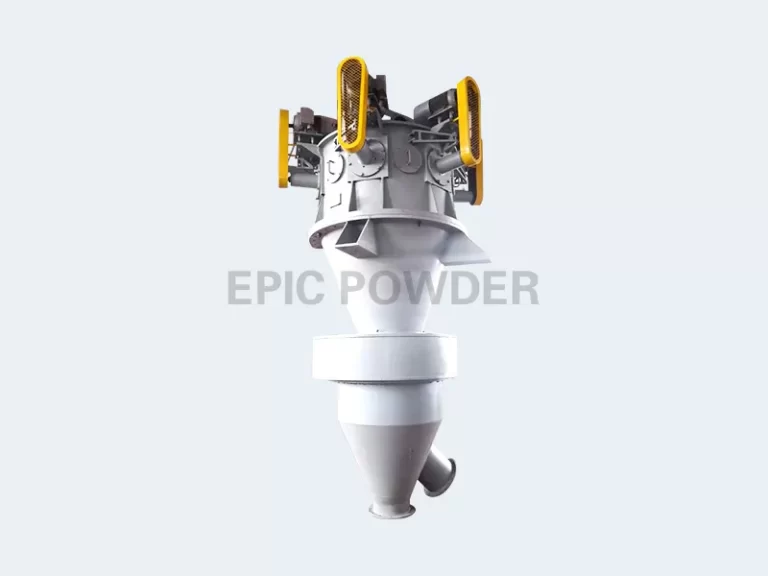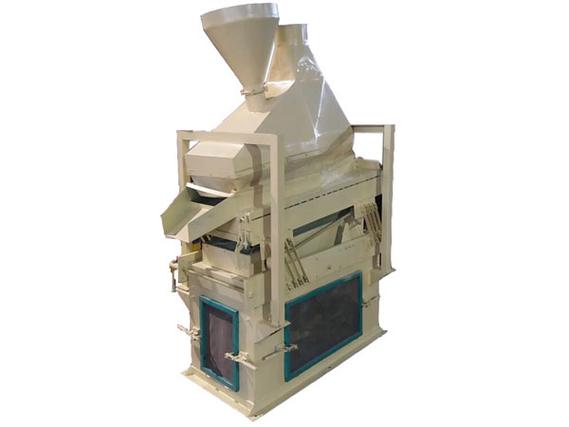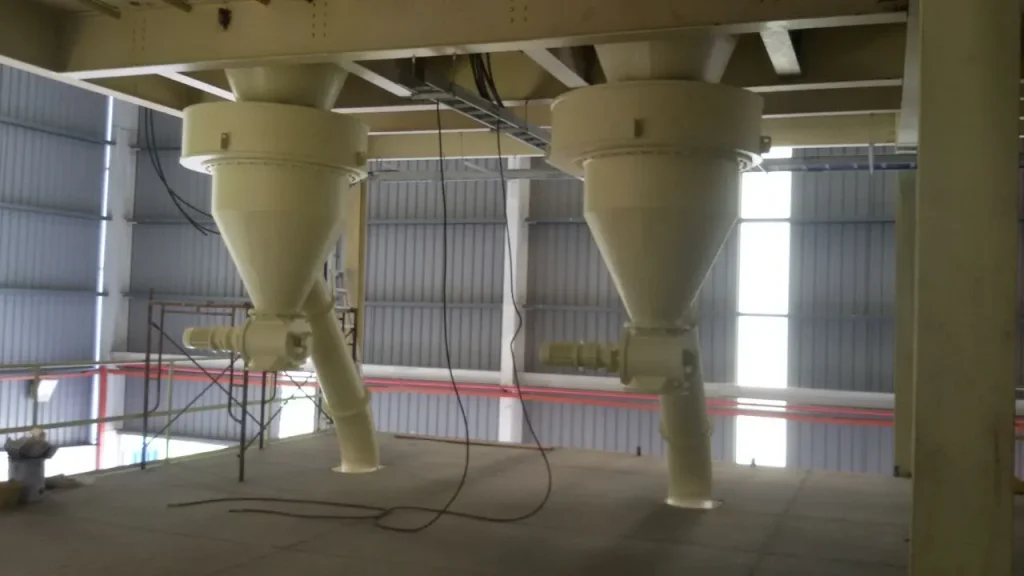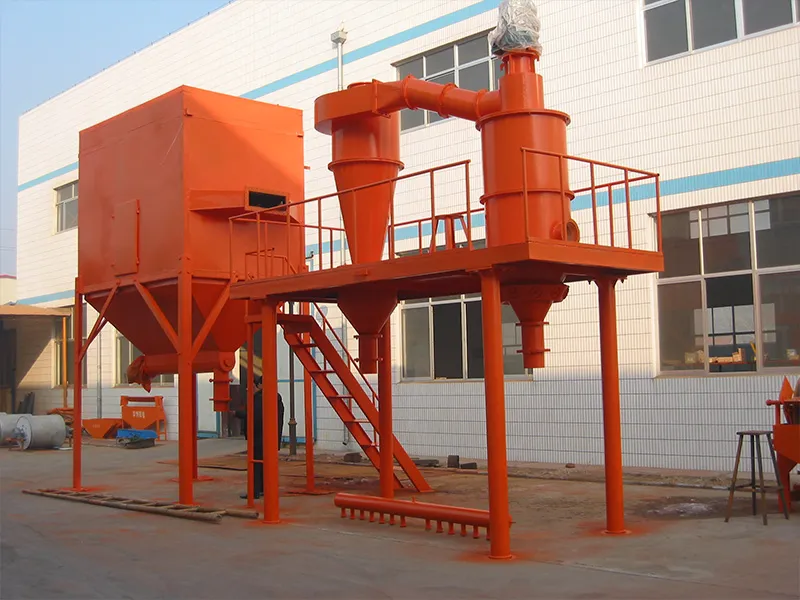Although both air classifiers and specific gravity separators are used for material separation, they differ significantly in their core principles, applicable scenarios, and separation criteria. Below are the key differences between the two:


Separation Principle
Air Classifier
Separates particles based on their aerodynamic properties (such as particle size, density, and shape) and their movement in an air stream. By adjusting parameters like airflow velocity and centrifugal force, particles are classified according to their differing suspension speeds. Key parameter: Terminal settling velocity (related to particle size and density).
Gravity Separator
Separates materials based on differences in density (specific gravity) using air, vibration, or fluid media (e.g., water or heavy liquids).

Common methods:
Air-based separation (e.g., air tables): Lighter materials are carried away by the airflow, while heavier materials fall.
Wet separation (e.g., dense media separation): Utilizes buoyancy differences to separate materials of varying densities.
Air Classifier
Primarily used for dry powders or granules (e.g., mineral powders, chemical raw materials, food powders). It’s suitable for smaller particle sizes (micron to millimeter range), with certain requirements for density differences.
Gravity Separator
Ideal for materials with significant density differences (e.g., ores, plastic pellets, grains, recycled resources). It can handle larger particles (millimeter to centimeter range) and even irregularly shaped objects (e.g., scrap metal, seeds).

Separation Accuracy and Influencing Factors
Air Classifier
Accuracy is influenced by both particle size and density. If these differences are not distinct, separation efficiency may decrease. For example: Particles with similar densities but different sizes may end up in the same grade.
Gravity Separator
Accuracy primarily depends on density differences and is less affected by particle size. For example: Plastic fragments of different materials can be efficiently separated based on their densities.
Typical Applications
Air Classifier
Mineral processing: Particle size classification of quartz sand, calcium carbonate, etc.
Food industry: Fineness control of milk powder, starch, etc.
Pharmaceutical industry: Precision classification of medicinal powders.

Gravity Separator
Mining industry: Density-based separation of gold ore, coal, etc.
Recycling industry: Separation of metals, plastics, rubber, and other recycled materials.
Agriculture: Removal of stones or moldy grains (e.g., rice sorting).

Equipment Structure and Media
Air Classifier
Requires no additional media; relies on airflow systems and classifier wheel structures. For example: Turbo classifiers, cyclone classifiers.
Gravity Separator
May require media such as air, water, or heavy suspensions. For example: Air tables, dense media separators, jigging machines.
Summary
The core function of an air classifier is to separate particles based on differences in size and/or density using airflow, with results influenced by both factors. In contrast, specific gravity separators focus on separating materials based on density differences, making them more suitable for processing materials with significant density variations but mixed particle sizes.
When it comes to high-precision particle classification and separation, Epic Powder offers great air classification solutions designed for efficiency, reliability, and exceptional performance. Our advanced classifiers ensure optimal particle distribution, enhanced product quality, and increased productivity across various industries—from minerals and chemicals to food and pharmaceuticals. Trust Epic Powder to deliver the technology and expertise you need to achieve perfect granularity and purity in your products. Explore our innovative range of classifiers and discover how we can elevate your production process.

